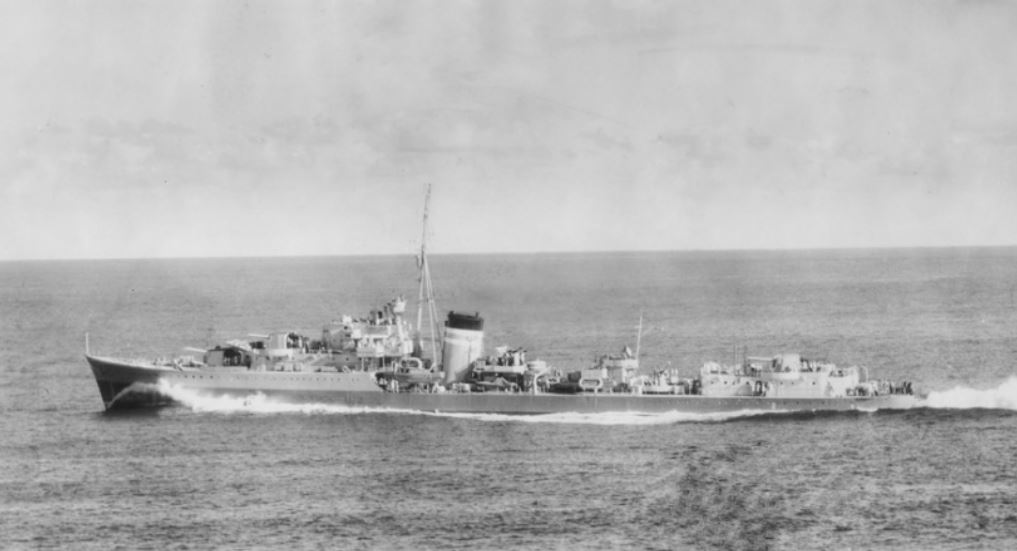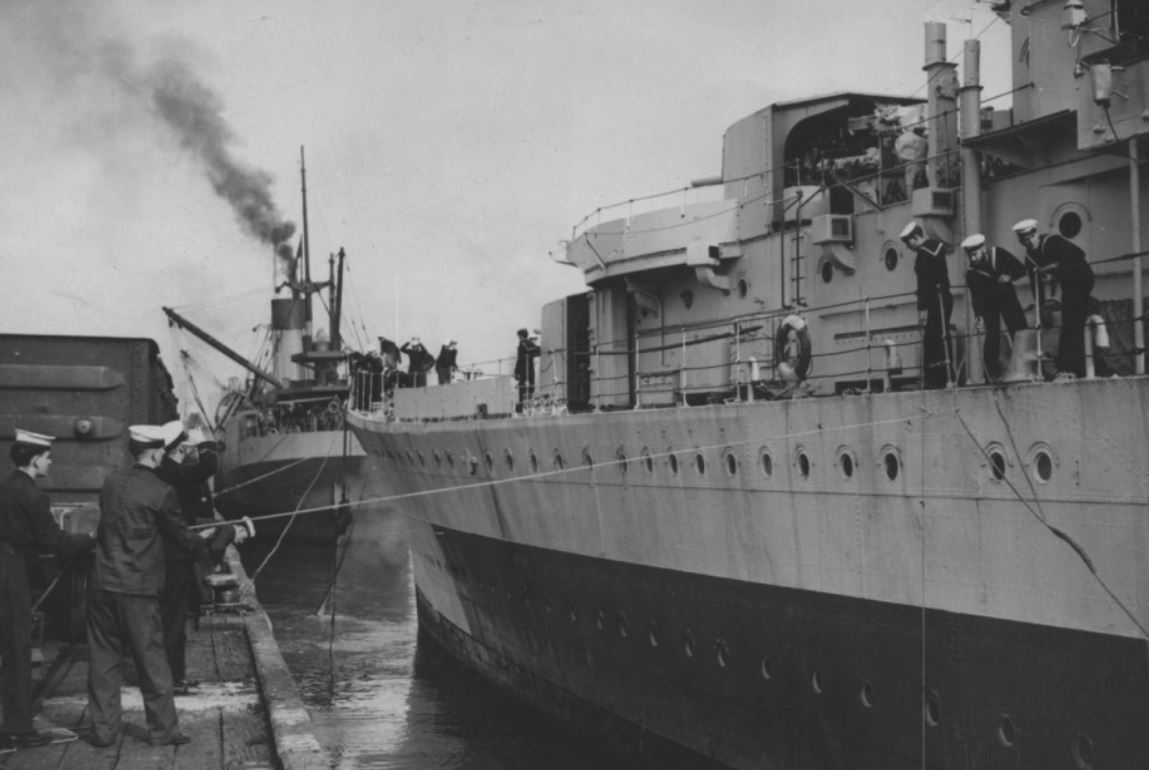HMAS Napier
From Our Contribution
Revision as of 17:36, 6 November 2023 by Linton (talk | contribs) (Created page with "{{Infobox ship | image = File:HMAS_Napier.jpg | caption = Anti - submarine patrol early 1942 | image2 = File:HMAS_Napier_1.jpg | caption2...")
Remarks
One of eight N Class destroyers built during 1939, five of which were operated by the RAN. Initial utilisation was as an escort for Atlantic convoys before being sent to the Mediterranean just prior to the withdrawl from Crete. She participated in the evacuation of Crete making two trips and sustaining major damage from bomb near misses. As a result she underwent a refit before becoming the lead ship of the 7th Flotilla.
During late 1941 Napier carried supplies to Tobruk while it was under seige by the Germans, and late assisted in the bombardment of Bardia in Libya. In January 1942 Napier shifted to the Indian Ocean and joined the Royal navy's Eastern Fleet to undertake escort duties, and patrols. In the later half of 1942 Napier was based at Kilindini in Kenya, but in early 1943 was back based at Durban
Armament
Guns
- 6 x 4.7-inch guns
- 1 x 2-pounder 4 barrel Pom Pom
- 1 x 40mm Bofors
- & 2 x .5-inch machine guns
Torpedoes
- 10 x 21-inch torpedo tubes (2 pentad mounts)

